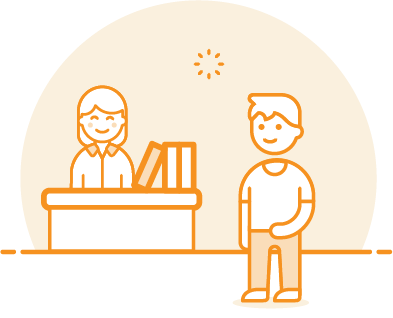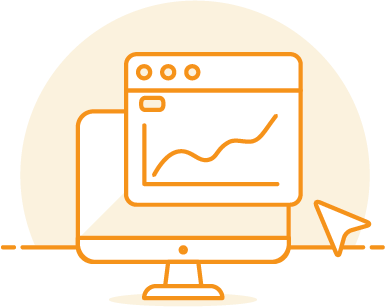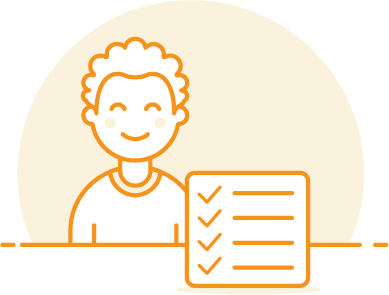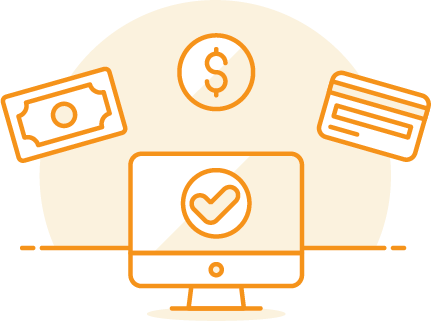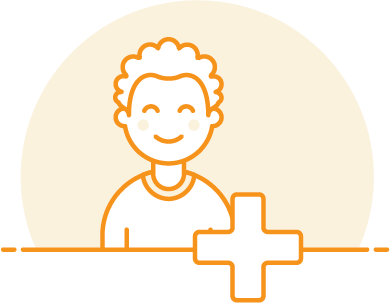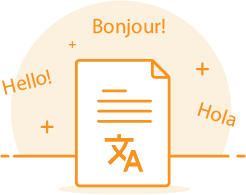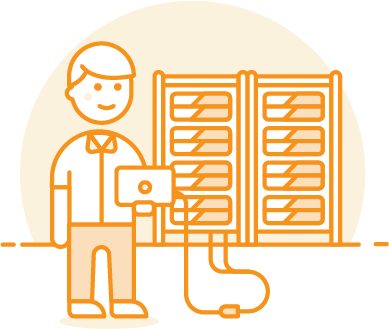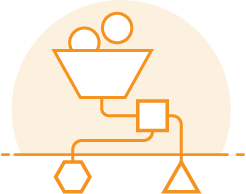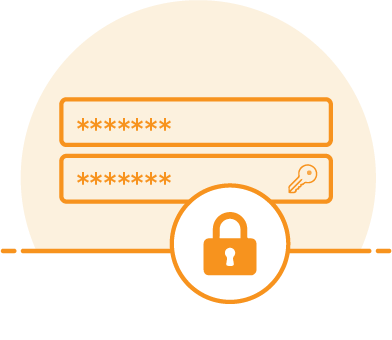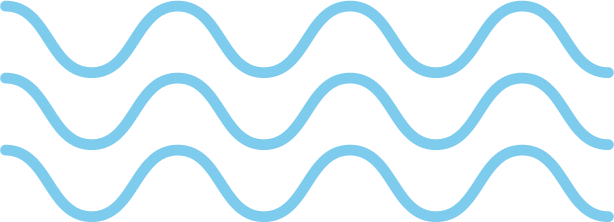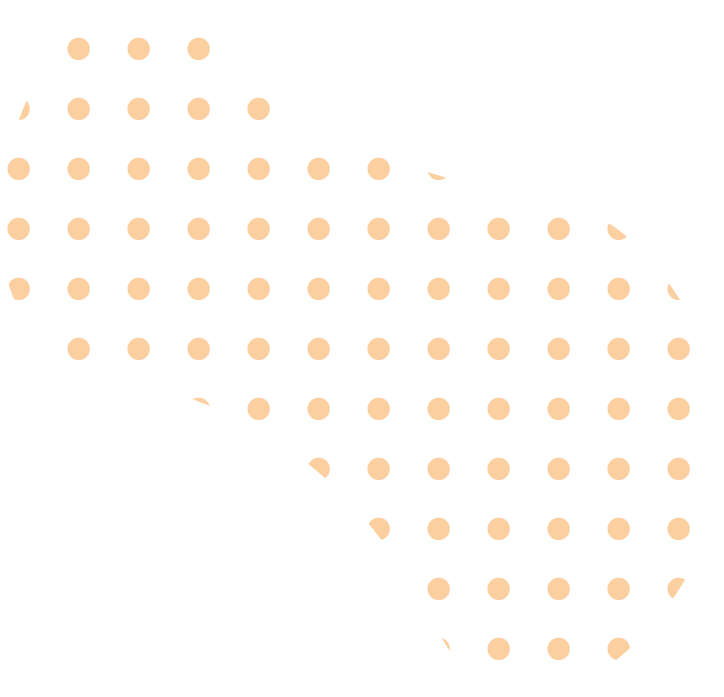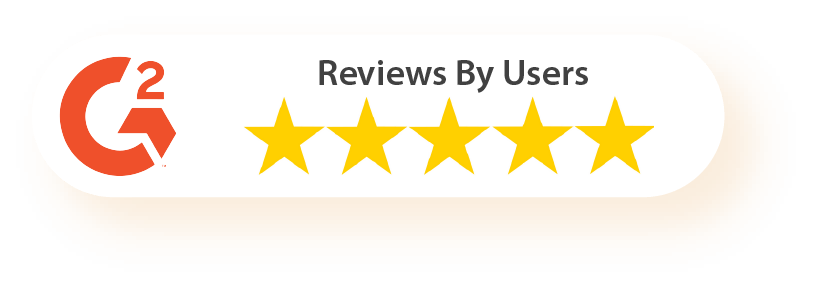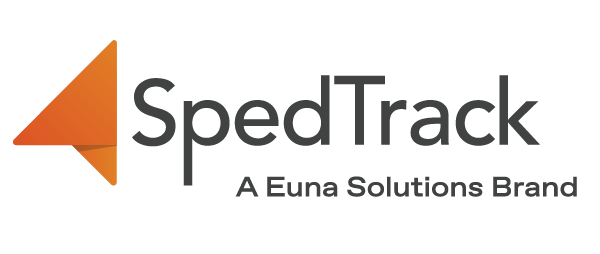What Is an IEP Progress Report?
An Individualized Education Program (IEP) progress report is a way to measure student progress towards meeting their IEP goals. This type of report is typically given to parents and guardians at each grading period when regular education students receive a grade report.
The report should include:
- The student’s annual IEP goals
- How the progress toward each goal will be measured
- How the student is performing compared to their IEP goals
- Comments and a summary on the progress the student has made towards meeting their IEP goals
The IEP progress report is a way to track the child’s progress and ensure that they are receiving the best possible education. If a student is not making adequate progress, the IEP team members may need to hold an IEP meeting to update the student’s accommodations or modify their IEP goals.
This article will go through the components of a good IEP progress report and what to avoid when preparing one.
Components of a Good IEP Progress Report
A well-written IEP progress report includes the following:
- The student’s annual goals defined during the IEP meeting, including the objective(s) and measured progress to date.
- A graph of the student’s progress that clearly displays how the student is progressing and how close they are to mastering their goal.
- A detailed log of each data pointincluding who collected it, what day it was collected, and how the student progressed.
- Comments of whether the student is making progress towards their annual goal, including evidence, from the parents, teachers, or service providers who work with the student
Need special education software that’s compatible with the Student Information System that your team already uses? Look no further than SpedTrack, which comes with SIS integration.
What Should Be on an IEP Progress Report
Let’s dive deeper into each component of a good IEP Progress Report:
- A breakdown of each IEP goal
- A student progress graph
- An audit log of collected data points
- A summary about student progress
A Breakdown of Each IEP Goal
Every student who has an IEP should receive a progress monitoring report outlining how they are doing concerning each of their IEP goals.
For example, if one of the student’s goals is to read at a fifth-grade level by the end of the year, the periodic report should indicate whether the student is on track to reach that goal. If not, the information should explain why and offer suggestions for how they can get back on track.
As a reminder, this is where it is crucial to write very well-defined SMART IEP goals. If your IEP goals aren’t measurable or are unclear, it can become extremely difficult to track how your student is progressing.
Bad IEP goal: [STUDENT] should increase his mathematical skills to count from 39-100 by 50%.
Better IEP goal: By the end of the IEP year, [STUDENT] should increase his mathematical skills to count from 39-100 in 4/5 opportunities with 80% accuracy from a baseline of 1-39 with 100% accuracy in 4/5 opportunities.
As you can see, the bottom sample IEP goal more clearly defines the expectations and makes it significantly easier to track and graph the student’s progress.
A Student Progress Graph
The student progress monitoring graph is one of the best ways to clearly communicate how the student is progressing. It shows how the student is tracking against their IEP goals and helps to predict future progress.
The graph should include the following information:
- The baseline is the starting point for measuring progress, defined at the beginning of the IEP cycle.
- Mastery line is the target for the student, set after discussing goals with the parents and team.
- Data points are the measurements of student performance over time.
- A trend line shows the current trend of progress the student is displaying over time.
Examples of a student progress graphs are shown below:
The graph shows that the student has made progress since the beginning of the school year. The baseline is set at 70%, and the mastery line is set at 80%. The data points show that the student has made steady progress in speech tightly following the red target line.
In this example, as indicated by the dotted green line, the student started off a little slow in making progress but quickly caught up to the red target line and is on track to master the goal.
SpedTrack’s robust IEP progress monitoring software can help you manage this data and ensure that they are automatically recorded into a report and plotted into a graph.
An Audit Log of Data Points
As a student’s IEP progresses, it is essential that the data collected is accurate and up to date, and is reflected on the student’s IEP Progress Report. It is vital that the data collected is consistently reflected on the student’s IEP Progress Report to ensure that the student’s progress is accurately tracked and monitored.
Special educators are tasked with consistently tracking and logging the students performance as they work towards their goals. Up until recently, many educators relied on data binders where they would manually log and store information related to the student’s progress.
SpedTrack’s robust IEP goal tracking software can help you manage these data points and ensure that they are automatically recorded into a report and plotted into a graph.
Here are other examples of how to monitor the progress of the student.
A Brief Summary About Student Progress
The last component of a child’s IEP progress report should include a summary of the student’s progress.
Comments from special education teachers, relevant school personnel, professionals who work with the student, and other members of the IEP team should be incorporated, stating their input on whether the student is making progress towards their annual goal and supporting evidence.
Next-generation systems like SpedTrack’s progress monitoring tool automatically graph the data for you, provide insights into when the student is projected to master the goal, and show whether they are on track to master or complete their goal in the allotted time outlined in the IEP. All progress summary notes and data points are stored in one centralized location.
What to Avoid on IEP Progress Reports
To ensure you develop a well-written IEP progress report, try to veer away from these common mistakes:
- Lack of data to back up claims
- Unclear data
Lack of Data to Back Up Claims
The inability to back up claims because there isn’t enough data or evidence to support them is one of the critical things to avoid in IEP progress reports.
Avoid adding in data-based “gut feel.” Data recorded should be based on concrete evidence—data points that reflect how a student has progressed over time.
Unclear Data
Unclear data typically comes from poorly structured IEP goals, making the IEP progress report challenging to interpret or understand.
This can lead to false conclusions about student progress and a lack of clarity in how the student is performing.
To avoid these problems, strive to use clear and concise data when developing IEP progress reports.
Check SpedTrack’s free resource for tracking and graphing student progress. This template lets you track and monitor the student’s progress — when you input the data, you’ll get a student progress graph that shows their goal and how they’re tracking against it.
Tired of using cumbersome data binders to collect and monitor student progress? SpedTrack’s robust IEP data collection solution streamlines the data collection process and provides real-time data graphing.
Upgrade Your IEP Progress Reporting with SpedTrack
Use software that can help streamline your IEP progress reporting process! Intuitive graphs easily demonstrate student progress and automatically calculates if the student is on track to master their goal.
SpedTrack’s IEP progress reporting will help you create comprehensive, cloud-based, and professional reports that make reporting progress on IEPs simple.
With our easy–to–use interface, you’ll be able to gather data from your special education students and generate reports in minutes.
Contact us today to request a demo of SpedTrack and see how upgrading your IEP progress reporting can make managing special education simple!

